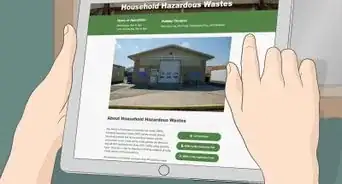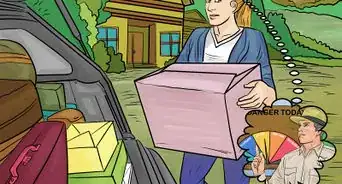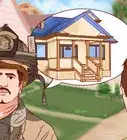wikiHow is a “wiki,” similar to Wikipedia, which means that many of our articles are co-written by multiple authors. To create this article, 19 people, some anonymous, worked to edit and improve it over time.
This article has been viewed 72,745 times.
Learn more...
If you’re trapped in your car during a wildfire, do your best to stay calm. Sheltering in a vehicle during a fire is dangerous and frightening, but it’s still safer than being outside. Park your car away from flammable materials, get low to the floor, and cover up any exposed skin. You can increase your chances of survival by taking as many safety measures as possible and remaining as calm as you can.
Steps
Sheltering Safely in Your Car
-
1Park your car in an area with no vegetation and keep the engine running. Try to stop your car in an area without flammable debris or brush, like trees or grasses. Park in a dirt area, driveway, parking lot, or empty side road. Keep the keys in the ignition and the engine on, since it might not restart after the fire if you turn it off.[1]
Park behind a solid structure or building, if possible. This can reduce your exposure to the fire’s heat, which is the greatest danger when you’re trapped in your car.
-
2Turn on your headlights and hazard lights to make your car more visible. You want any firefighters or rescue teams around to be able to see your car and help you, if possible. Keep your headlights on even after you’ve stopped driving, and turn on your hazard lights as well for an extra signal.[2]Advertisement
-
3Roll up the windows and close the air vents. Make sure every window is completely closed. Shut your doors and close or block your air vents, and set your air conditioner to recirculate. You want to prevent smoke from getting into the car, as best you can—it can irritate your eyes and make it difficult to breathe, especially as the fire gets closer.[3]
- Closing the windows can also help to keep out the heat.
-
4Lay on the floor of your car after you pull over. Lay out on the floor of your car, below window level. Getting close to the ground and away from windows can help protect you from radiant heat as the fire gets closer.[4]
-
5Get under a blanket or coat to protect exposed skin. If you have a wool blanket or coat, use it to cover up your body as much as possible. Wool doesn’t catch on fire as easily as other fabrics, so it can protect you if the fire breaches your car. You can also place cloth over your nose and mouth to help you breathe.[5]
- Don’t use a coat or blanket made of synthetic fibers. These can melt and cause severe burns.
- Don’t use a wet cloth or blanket. The heat from the fire will create steam that could burn you.
-
6Drink water while you shelter on the floor. Keeping your body hydrated can help you withstand the heat of the fire. After you’ve gotten down on the floor, drink any water or liquids that you have, splitting them between people if you’re with others.[6]
- Be careful not to spill any water on your clothes or blankets.
-
7Keep calm and still as the fire passes through. Stay in your car as the fire front crosses. Be prepared for the temperature to rise dramatically and for the car to get smoky. The outside of the car may catch on fire and be rocked by air currents. Stay as calm as you can—you need to stay in control, and panicking will only make the situation worse.
- As tempting as it might be to get out of the car and run, you won’t be able to outrun a wildfire. The car is the safest place for you right now.
-
8Get out of the car once the fire has passed. After the fire front has passed by, wait for the temperature outside and in the car to drop. Get out of the car carefully and move to an area that’s already been burned. The air will still be smoky, so keep a cloth over your face to breathe through. Once you’re in a safe area, call 911.[7]
- If your car is still working, drive it away from the fire to a safe area.
- Cover your hands with a wool cloth or blanket before you touch the doors or handles in your car.
- A burned over area can be smoky or ashy, but the fire won’t move through there again.
Driving Away From or Through a Wildfire
-
1Try to drive your car away from the direction of the fire. Drive in the opposite direction from any visible smoke or flames. If you know or can see the direction the fire is moving in, try to drive away from it as best you can.[8]
- Check social media and the news for any information about where the fire is and where it’s heading. Your local fire department and news stations, in particular, might be posting important information on where to evacuate to.
-
2Have a backup route in mind in case the road is blocked. Your main evacuation route might get blocked by other cars or debris from the fire. Have a backup plan in mind in case you need to reroute yourself.[9]
- Use a GPS app to avoid traffic and evacuate as quickly and safely as possible.
-
3Drive slowly and turn on your headlights and hazard lights. Make your car as visible as possible to other drivers in the smoky conditions. Keep an eye out for pedestrians or livestock. Collisions are a major hazard in poor driving conditions, and people and animals might be panicking and running on the road.[10]
- If you’re worried that people or animals are nearby but you can’t see them, use your horn.
Cover your nose and mouth with a cloth and turn up all the windows to protect yourself from the smoky air while you drive.
-
4Listen to the radio for information about where the fire is heading. Turn on the radio and have another person in the car check online and on social media for updates on the fire. Is it growing in a new direction? Have the winds shifted at all? This is valuable information that might cause you to change course and could save your life.
-
5Pull over if you see flames approaching your car. If your way becomes blocked or you can see the fire moving towards you, pull the car over to a safe area, away from flammable materials like trees or brush. Look for a parking lot, driveway, dirt clearing or a rocky area to park your car in.[11]
- As a last resort, you can stop your vehicle in the middle of the street, which is a hazard if a car approaches from behind, but is still safer than pulling over into a wooded area.
Warnings
- Shelter in your car only as a last option. It’s safer to stay inside a solid shelter, such as a home or workplace.⧼thumbs_response⧽
- Evacuating when authorities instruct you to do so is the best way to keep yourself safe during a fire.⧼thumbs_response⧽
- Your car may catch fire, but it’s very unlikely to explode. If you’re worried about this possibility, staying in the car is still a better option than running away.⧼thumbs_response⧽
References
- ↑ http://idahofirewise.org/evacuation/if-you-get-trapped/
- ↑ http://idahofirewise.org/evacuation/if-you-get-trapped/
- ↑ http://idahofirewise.org/evacuation/if-you-get-trapped/
- ↑ http://www.readyforwildfire.org/What-To-Do-If-Trapped/
- ↑ https://www.washingtonpost.com/news/tripping/wp/2017/10/13/what-to-do-if-youre-trapped-in-a-vehicle-in-the-middle-of-a-wildfire/?utm_term=.6d0b38b14c79
- ↑ https://www.outdoorrevival.com/well-being/survive-wildfire-trapped-car.html
- ↑ http://idahofirewise.org/evacuation/if-you-get-trapped/
- ↑ https://www.outdoorrevival.com/well-being/survive-wildfire-trapped-car.html
- ↑ https://www.washingtonpost.com/news/tripping/wp/2017/10/13/what-to-do-if-youre-trapped-in-a-vehicle-in-the-middle-of-a-wildfire/?utm_term=.6d0b38b14c79
- ↑ https://www.washingtonpost.com/news/tripping/wp/2017/10/13/what-to-do-if-youre-trapped-in-a-vehicle-in-the-middle-of-a-wildfire/?utm_term=.6d0b38b14c79
- ↑ https://www.washingtonpost.com/news/tripping/wp/2017/10/13/what-to-do-if-youre-trapped-in-a-vehicle-in-the-middle-of-a-wildfire/?utm_term=.6d0b38b14c79
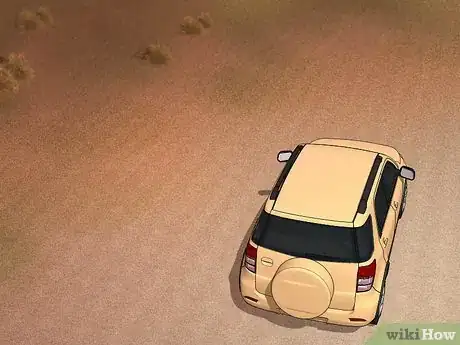

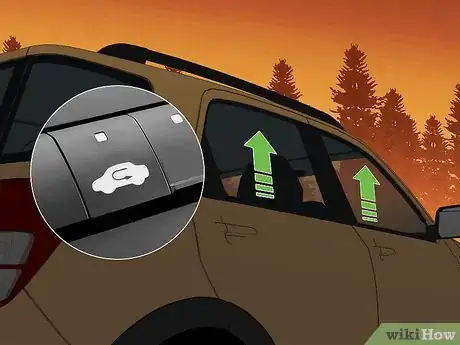
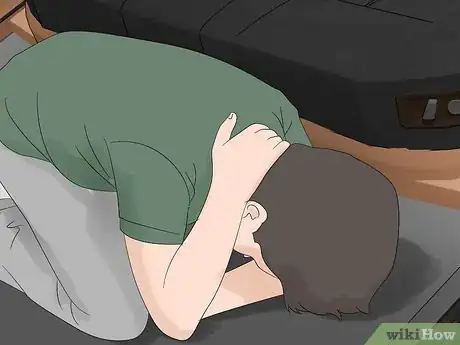

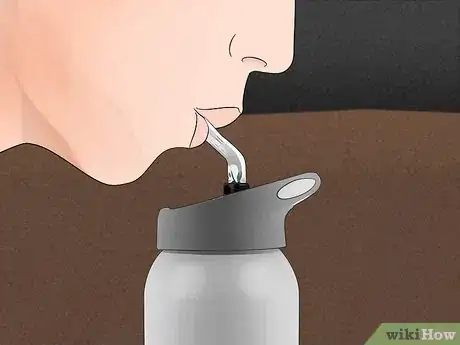

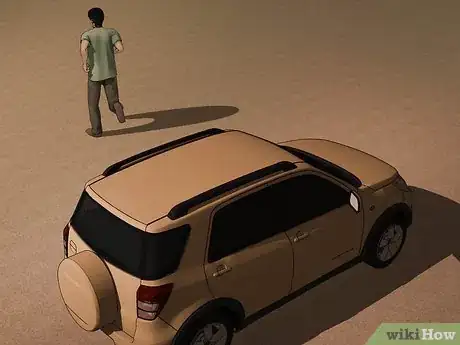
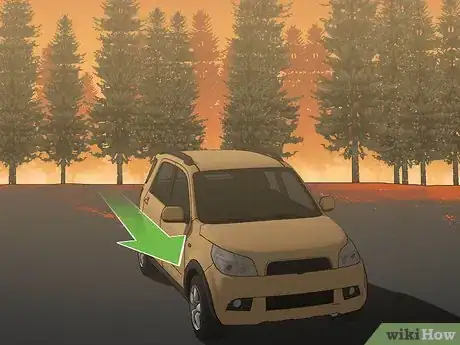
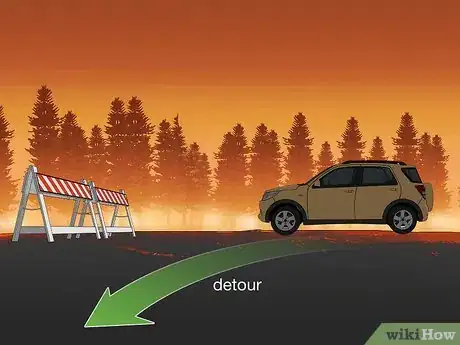
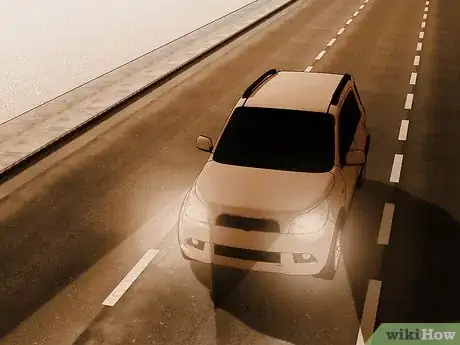

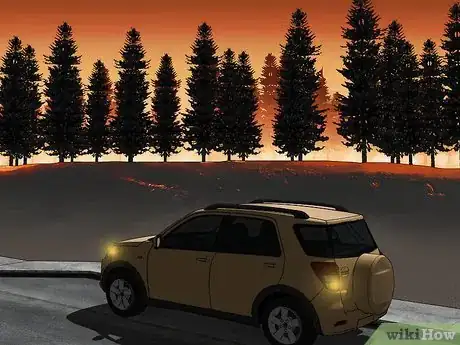


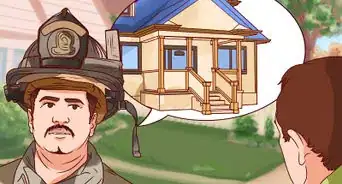

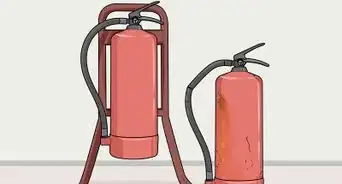





-Step-11-Version-2.webp)
